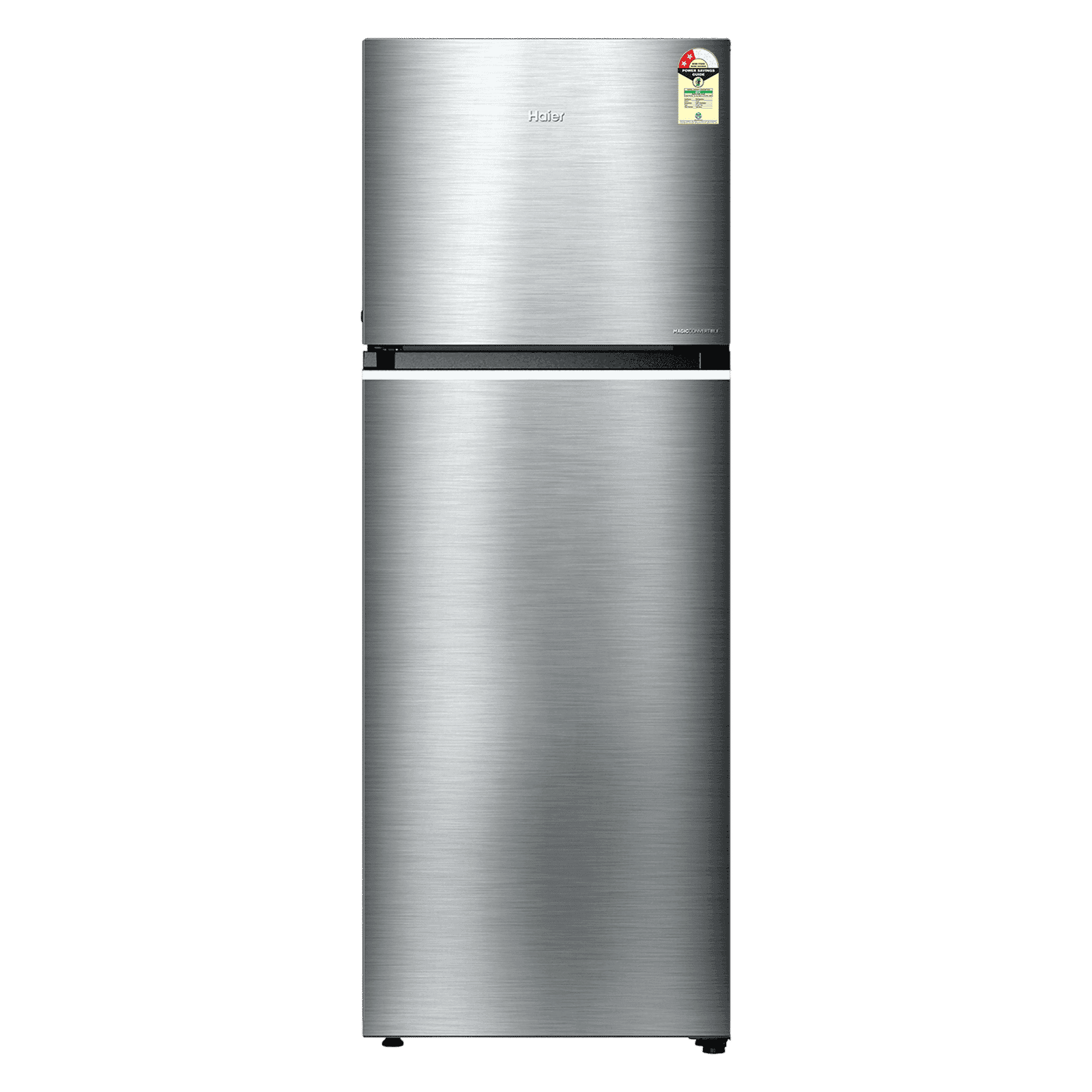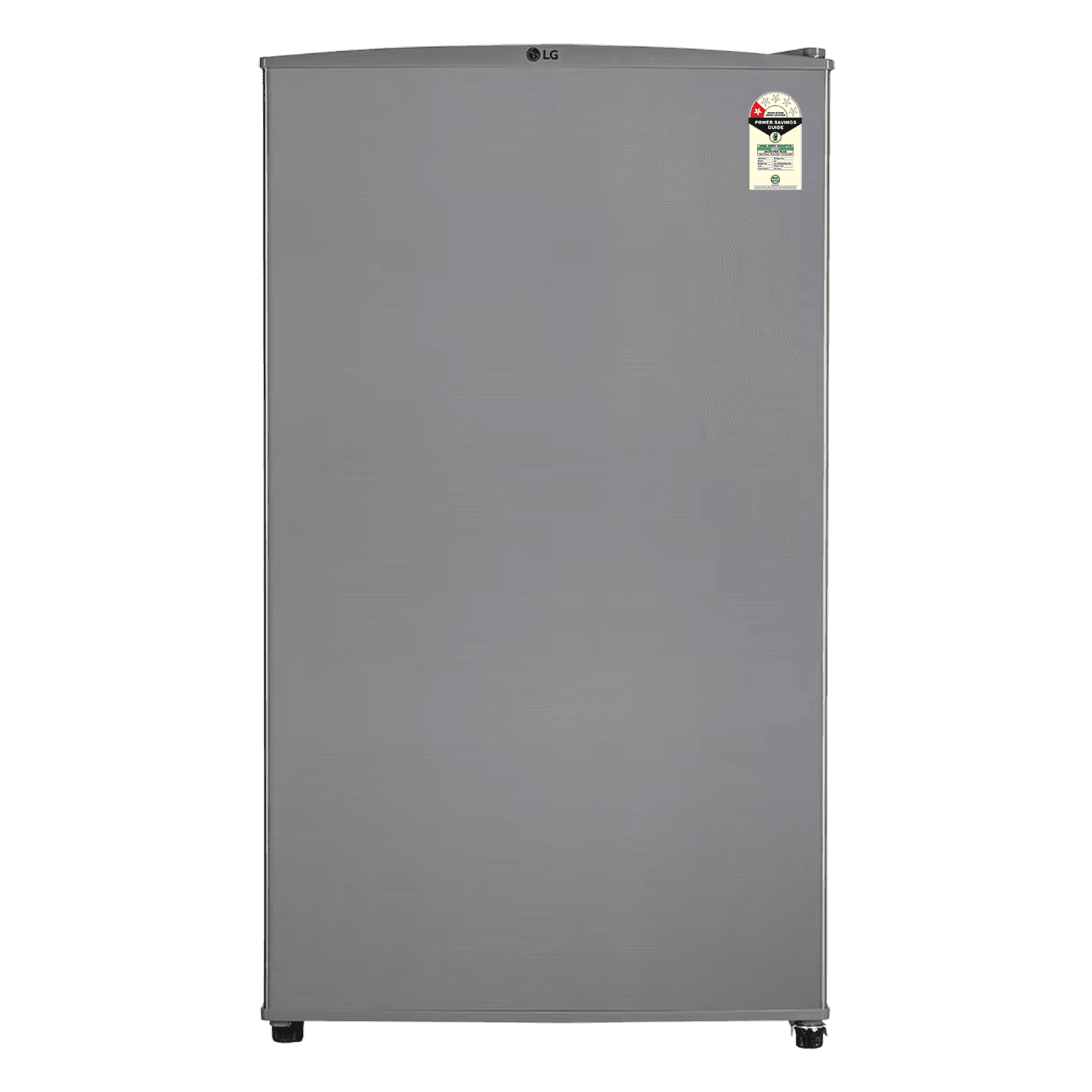
Home Appliances
•06 min read

Buy Haier HRF-3782 328 Litres 2 Star Frost Free Double Door Convertible Refrigerator with One Hour Icing Technology (HRF-3782BNS-P, Nickel Steel) online at best prices from Croma. Check product details, reviews & more. Shop now!
Imagine reaching for a cold drink on a sunny afternoon only to discover that your refrigerator is running but not cooling. This scenario is more common than you might think and can have a significant impact on your daily routine, especially if your food starts to spoil. In this guide, we provide a comprehensive checklist that addresses refrigerator issues such as a fridge running warm, cooling problems in refrigerator, and more. You will gain insights on troubleshooting fundamental issues and preventing further complications through regular refrigerator maintenance.
Begin with the basics: ensure that your appliance is properly connected. Confirm the plug is securely inserted into a functional outlet and that there are no trip issues with your circuit breaker. Sometimes, even a small oversight like a loose connection can be the reason behind your refrigerator not cooling.
Next, check the thermostat settings. Modern refrigerators generally require a setting between 37°F and 40°F for the fridge and 0°F for the freezer. Adjust the settings, if necessary, and give the appliance a few hours to see if there is any improvement in cooling performance.
A common issue that leads to a fridge not cooling or issues with a refrigerator running warm is obstructed airflow. Internally, food items might block the vents, preventing cold air from circulating properly. Externally, make sure the vents are free from dust and debris. Adequate spacing around your refrigerator (at least 1-2 inches on the sides and back) enhances ventilation and ensures the appliance works efficiently.
Your cooling system relies heavily on clean condenser coils. Typically located at the back or bottom of the refrigerator, these coils collect dust over time. Using a vacuum or a coil brush to clear away any accumulation can significantly improve the cooling performance of your appliance. Clean coils not only help in resolving refrigerant issues but also ensure energy-efficient operation.

Buy SAMSUNG 653 Litres 3 Star Auto Defrost Side by Side Convertible Refrigerator with Twin Cooling Plus (RS76CG8113SLHL, EZ Clean Steel) Online - Croma
Listen carefully for the sound of the evaporator fan within the freezer compartment. This fan is crucial in circulating the cool air from the freezer into the refrigerator. If you detect that the fan is not operating, it might be faulty and could need replacement. Addressing this promptly can resolve many common refrigerator issues and will ensure that your fridge is not cooling unnecessarily warm.
Another key component to inspect is the compressor. Often, a quietly humming compressor indicates normal operation, but if it is silent or making unusual noises, it may be suffering from internal damage. In such cases, professional repair may be necessary, particularly if you start seeing signs of refrigerator compressor problems. This step is vital to avoid further breakdowns and preserve the longevity of your appliance.
Pro Tip from Tata Neu: Regular maintenance such as cleaning the condenser coils and inspecting door seals can prevent many common cooling issues. This not only extends the lifespan of your refrigerator but also ensures energy efficiency and reliability.
Door seals play a crucial role in maintaining a consistent temperature. Examine these seals for any cracks or tears. A practical test is to close the door on a piece of paper; if it slides out easily, the seal isn’t tight enough. Faulty gaskets often contribute significantly to a fridge not cooling correctly, allowing warm air to enter.
If you find the seals to be damaged, order new ones and replace them promptly. This is a cost-effective way to resolve cooling issues without interfering with other mechanical components. Investing in replacement seals can also lead to reduced energy consumption and better performance over time.

Buy LG 90 Litres 1 Star Direct Cool Single Door Refrigerator with Antibacterial Gasket (GL-M131RDSB, Dazzle Steel) online at best prices from Croma. Check product details, reviews & more. Shop now!
Excessive frost buildup in the freezer can be a clear sign of defrost system failure. It might indicate that components such as the defrost timer, heater, or sensor are malfunctioning. Regular defrosting and checking these elements help prevent the freeze from affecting airflow and overall cooling efficiency in the refrigerator.
If your refrigerator is running but not cooling despite a functioning compressor, low refrigerant levels might be to blame. Refrigerant leaks or improper refrigerant charge contribute heavily to cooling problems in refrigerators. Handling refrigerant issues requires professional attention, as specialized tools and expertise are necessary for safe repair and recharging.
This scenario may occur due to a blocked evaporator fan or obstructed internal vents that prevent the cool air from circulating between compartments.
If the compressor fails to emit its usual low humming sound or produces unusual noises, it may be an indicator of compressor problems requiring professional service.
If you have performed all troubleshooting steps without resolution, it might be time to contact a professional technician who can diagnose and repair the issue.
Regular maintenance, including cleaning the condenser coils and checking the door seals, is recommended every 6 to 12 months to maintain optimal appliance performance.
In summary, a refrigerator running but not cooling can be attributed to several factors ranging from simple issues like an improper power connection or cluttered vents to more complex mechanical problems such as refrigeration issues or compressor malfunctions. Each step in this checklist is designed to help you methodically identify and troubleshoot the issue using straightforward repair tips while saving you cost and time. By embracing regular refrigerator maintenance and using the insights provided in this guide, you can prevent most issues that lead to a fridge running warm and ensure that your appliance operates efficiently.
Throughout your troubleshooting journey, remember that maintaining your refrigerator not only safeguards your food but also contributes to overall energy savings and extended appliance lifespan. Explore the benefits of expert repair tips and enjoy the advantages like NeuCoin rewards on Tata Neu, which makes every purchase a rewarding experience. With timely care and proper adjustments, you can keep cooling problems in refrigerator well under control, ensuring a smoothly running household appliance.